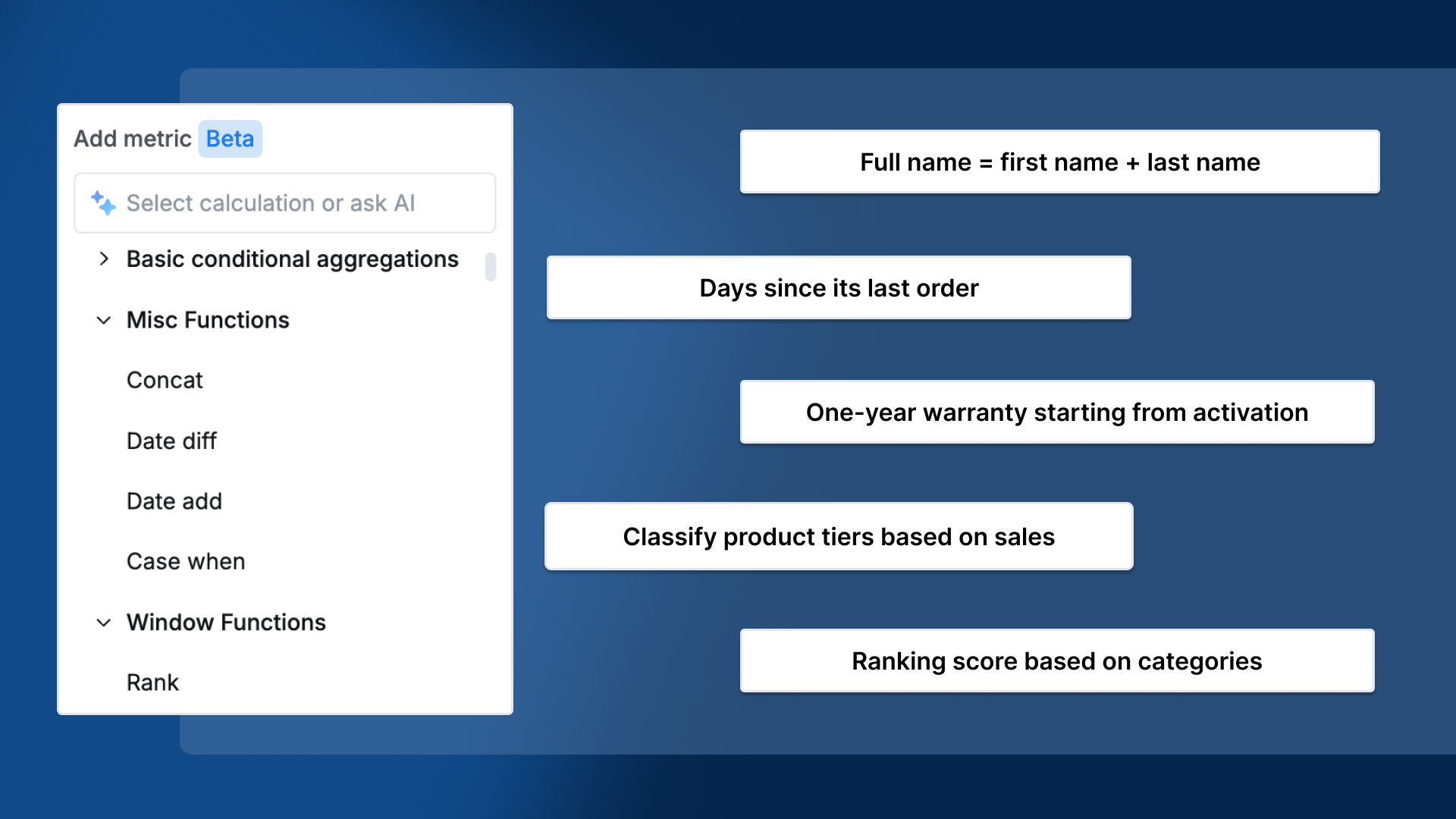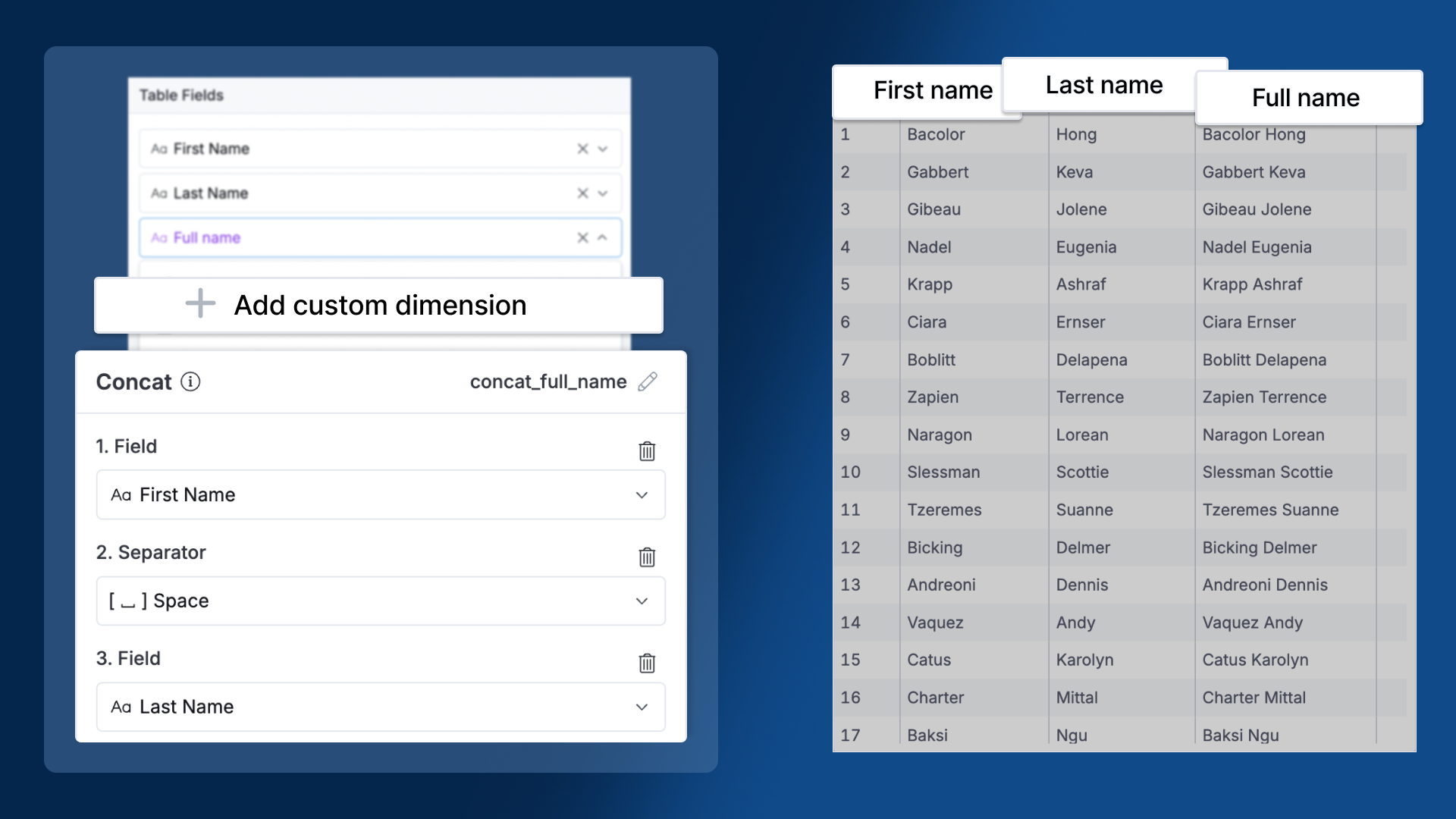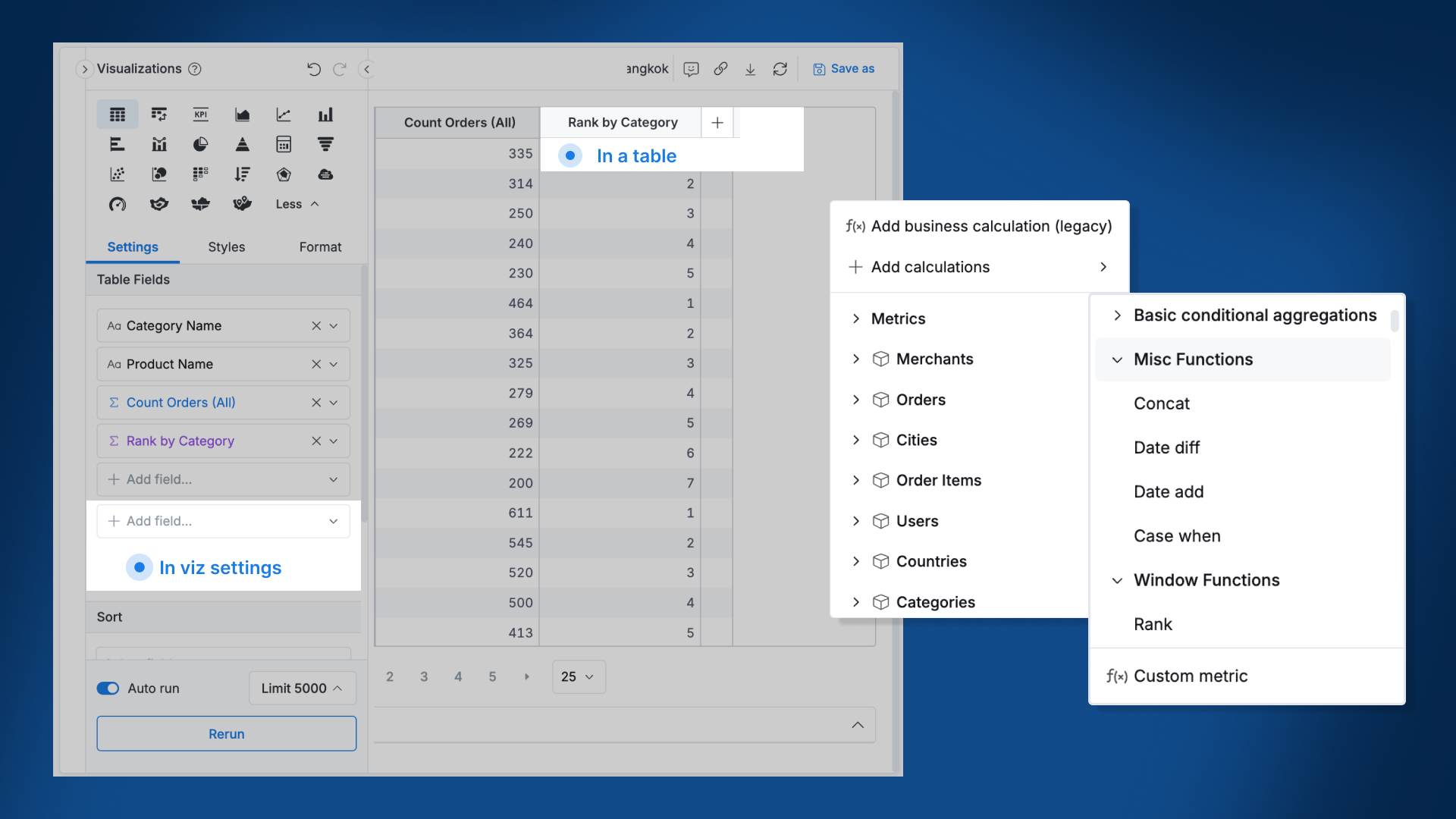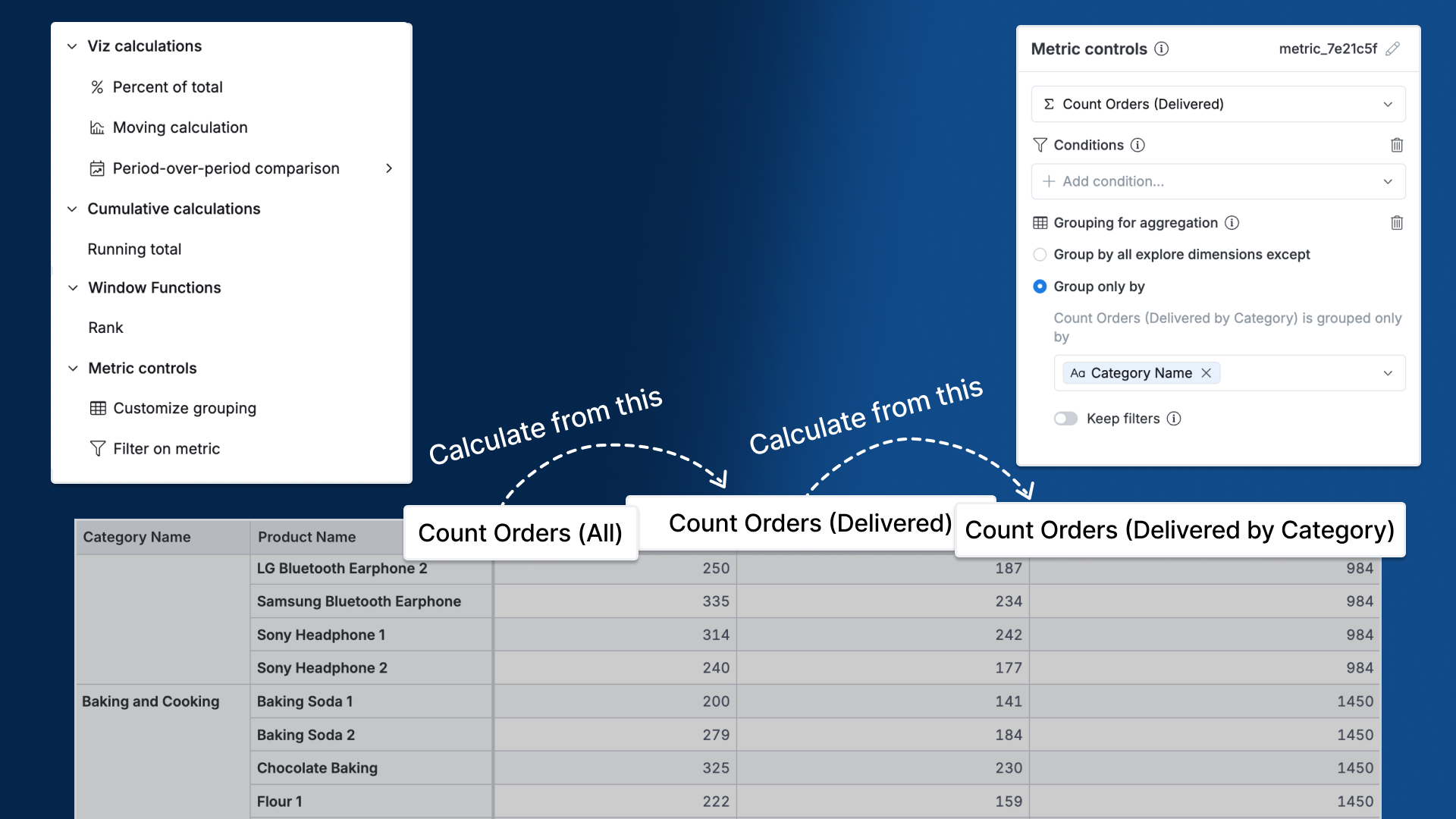📤 PDF Export to Slack
Share complete dashboards to Slack as a single PDF file—no more flooding channels with multiple images.
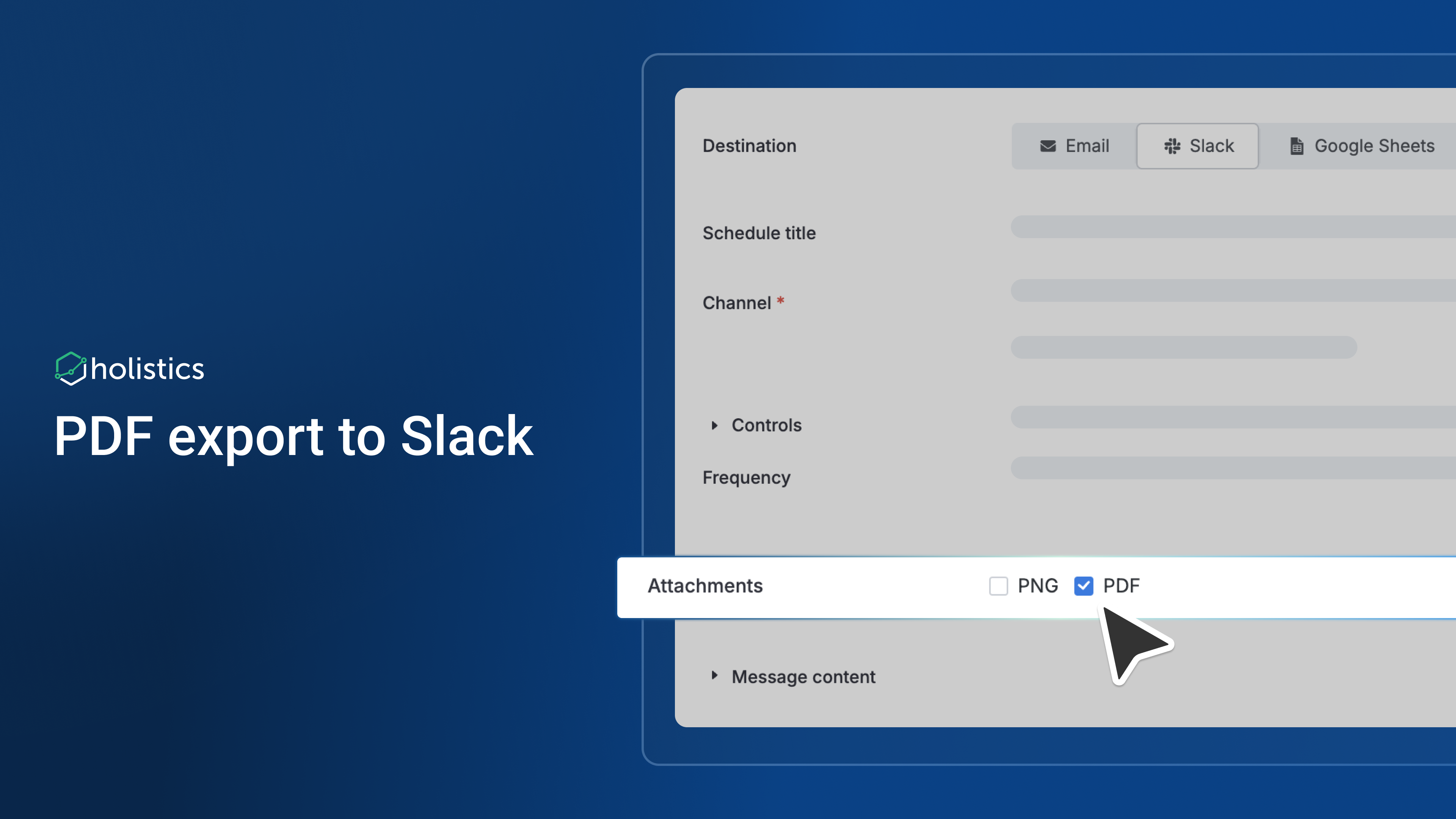
The Problem
Previously, we only supported PNG export to Slack. When sharing dashboards with multiple charts, each visualization had to be sent as a separate image. This often resulted in 5-10 individual files cluttering your Slack channels, making it hard to view reports as a cohesive whole.
The Solution
You can now choose PDF format when exporting dashboards to Slack. This automatically combines all selected visualizations into one professional document that's easy to share, review, and archive.
Documentation
For more details on how it works, see: Export to Slack
